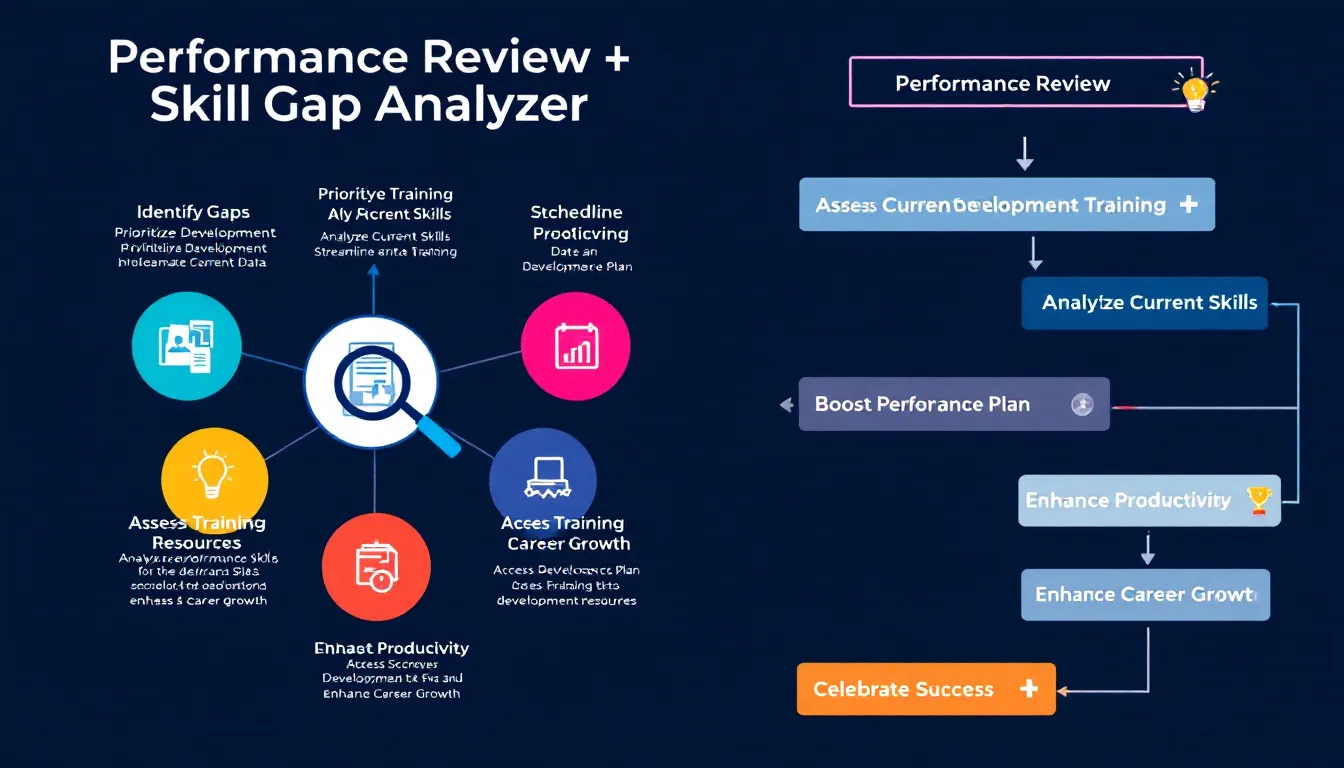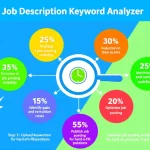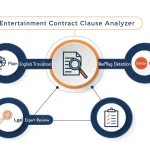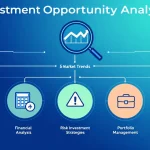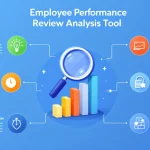Performance Review Skill Gap Analysis
Is this tool helpful?
How to Use the Performance Review Skill Gap Analyzer Effectively
You can quickly identify employee skill gaps by following these steps using the Performance Review Skill Gap Analyzer. This tool helps you interpret performance reviews to guide development plans and improve your team’s capabilities.
-
Paste the Complete Performance Review Text: Insert the full text of the employee’s performance review. Include all feedback, ratings, and comments to ensure thorough analysis. For example:
“Emily consistently exceeds sales targets and builds strong client relationships. She should enhance her negotiation skills and improve time management for better efficiency.”
“Michael demonstrates excellent leadership and teamwork but requires further growth in data analysis and technical reporting.”
- Enter the Employee’s Job Title: Provide the exact job title to tailor the skill assessment. Examples include “Digital Marketing Specialist” or “Network Systems Administrator”.
- Specify the Employee’s Department (Optional): Adding the department offers additional context. You might use “Customer Success” or “Product Development”.
- Enter the Company’s Industry (Optional): Include the industry sector to refine skill gap recommendations. Examples are “Renewable Energy” or “Retail and E-commerce”.
- Click “Analyze Skill Gaps” to Start: Once you complete the required fields, submit the form to generate a detailed skill gap report.
- Review and Use the Results: The tool highlights missing skills and suggests relevant training and development opportunities based on the analysis.
- Copy and Share the Analysis: Use the provided option to copy the results for easy sharing with your team or for documentation purposes.
What Is the Performance Review Skill Gap Analyzer?
The Performance Review Skill Gap Analyzer uses advanced natural language processing (NLP) to scan and interpret employee performance reviews. Its purpose is to identify skill deficiencies and recommend development opportunities. This tool supports HR teams and managers by streamlining the evaluation process and providing objective, actionable insights.
Why Use This Tool?
- Quickly detect employee skill gaps to target development efforts.
- Eliminate bias through consistent, algorithm-driven analysis.
- Receive tailored training recommendations aligned with job roles and industry demands.
- Allocate training budgets more effectively with data-supported insights.
- Enhance employee engagement by offering clear growth paths.
- Improve overall organizational productivity through focused skill development.
Core Features of the Skill Gap Analyzer
- Automated role-specific skill identification based on entered job titles.
- Contextual analysis considering department and industry data.
- Recognition of both soft skills (e.g., communication, leadership) and hard skills (e.g., programming, data analysis).
- Clear presentation of skill gaps alongside actionable development recommendations.
Practical Usage of the Performance Review Skill Gap Analyzer
This analyzer is a valuable tool for various HR and management scenarios. Here are some common ways you can apply it effectively:
Annual Performance Review Analysis
Quickly process large volumes of employee performance data to get an overview of skill gaps across departments or the entire organization. This helps prioritize company-wide training initiatives and resource allocation.
Custom Career Development Planning
Help employees focus on relevant growth areas by identifying precise skill gaps linked to their roles and career goals. This makes personalized learning plans much easier to create and track.
Succession and Talent Pipeline Management
Use skill gap insights to assess employee readiness for promotion and identify training needs for future leaders. The analyzer assists in building strong talent pipelines to ensure smooth leadership transitions.
Team Skill Mapping and Optimization
Evaluate collective team skills by analyzing performance reviews of multiple employees. This helps managers spot complementary strengths, anticipate skill shortages, and plan team development or hiring accordingly.
Onboarding and Training Program Design
Aggregate skill gap data to create targeted onboarding and training programs tailored to the needs of new hires or specific departments. This ensures learning resources address the areas with the greatest impact on performance.
Important Disclaimer
The calculations, results, and content provided by our tools are not guaranteed to be accurate, complete, or reliable. Users are responsible for verifying and interpreting the results. Our content and tools may contain errors, biases, or inconsistencies. Do not enter personal data, sensitive information, or personally identifiable information in our web forms or tools. Such data entry violates our terms of service and may result in unauthorized disclosure to third parties. We reserve the right to save inputs and outputs from our tools for the purposes of error debugging, bias identification, and performance improvement. External companies providing AI models used in our tools may also save and process data in accordance with their own policies. By using our tools, you consent to this data collection and processing. We reserve the right to limit the usage of our tools based on current usability factors.
